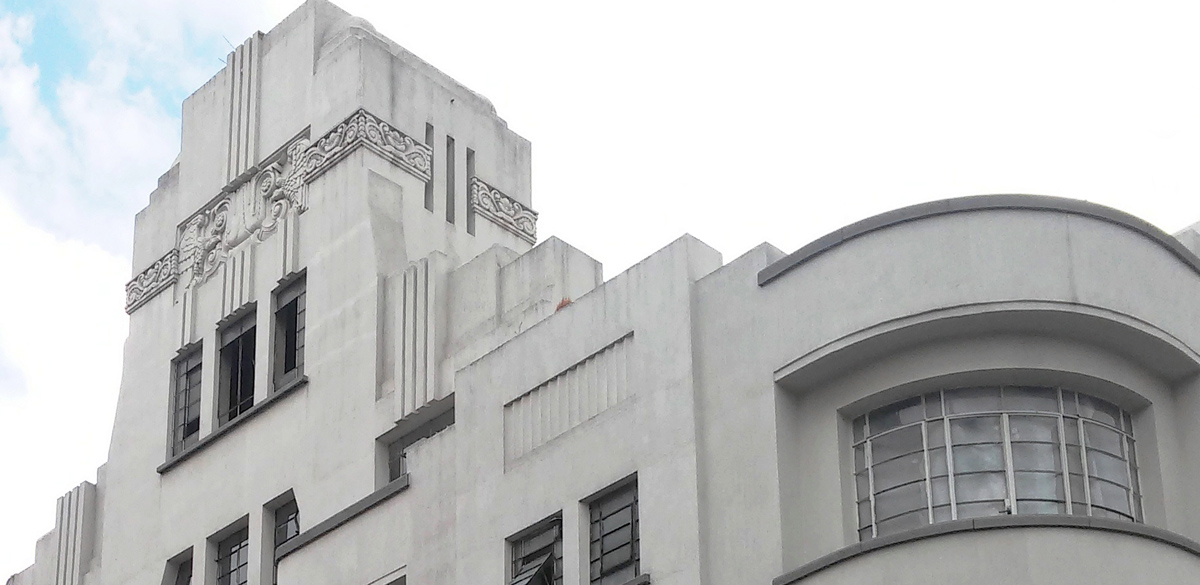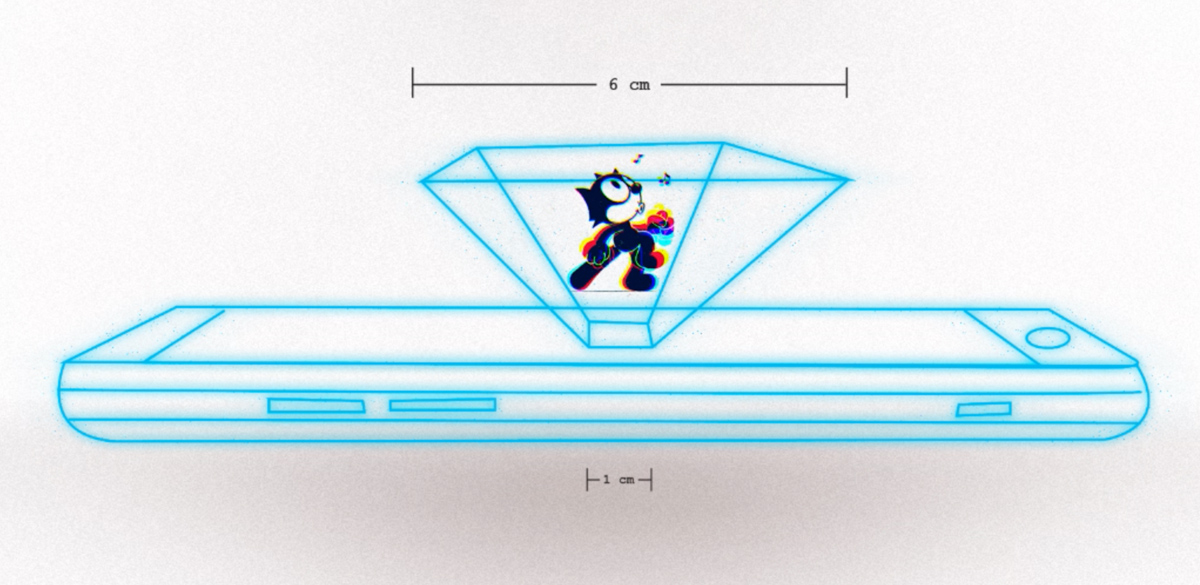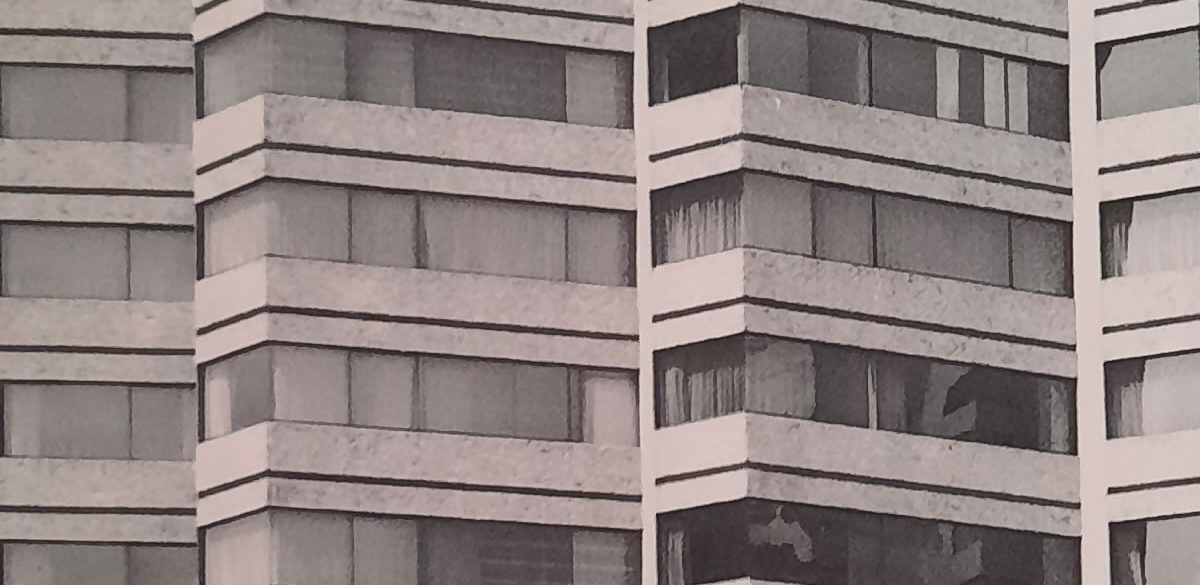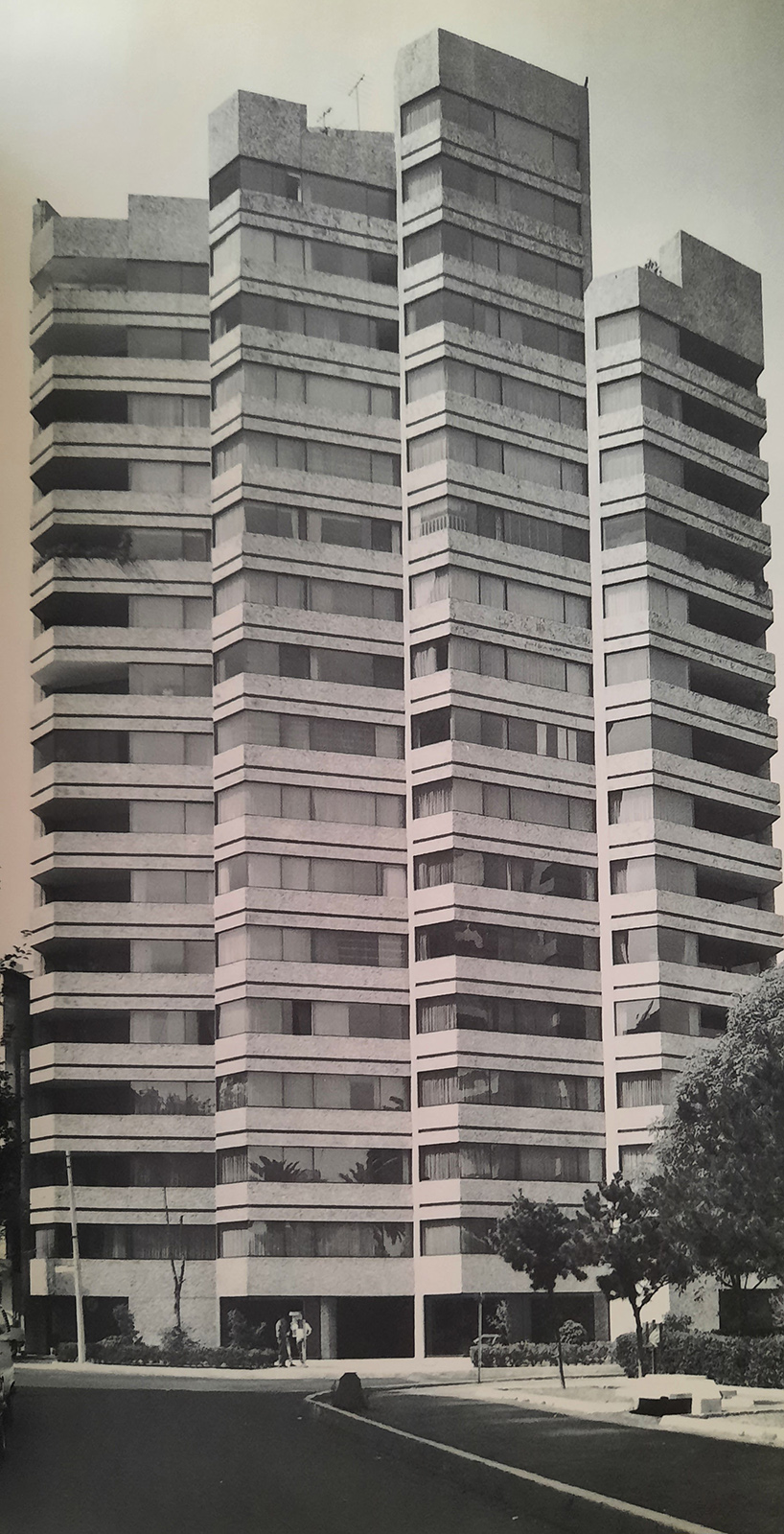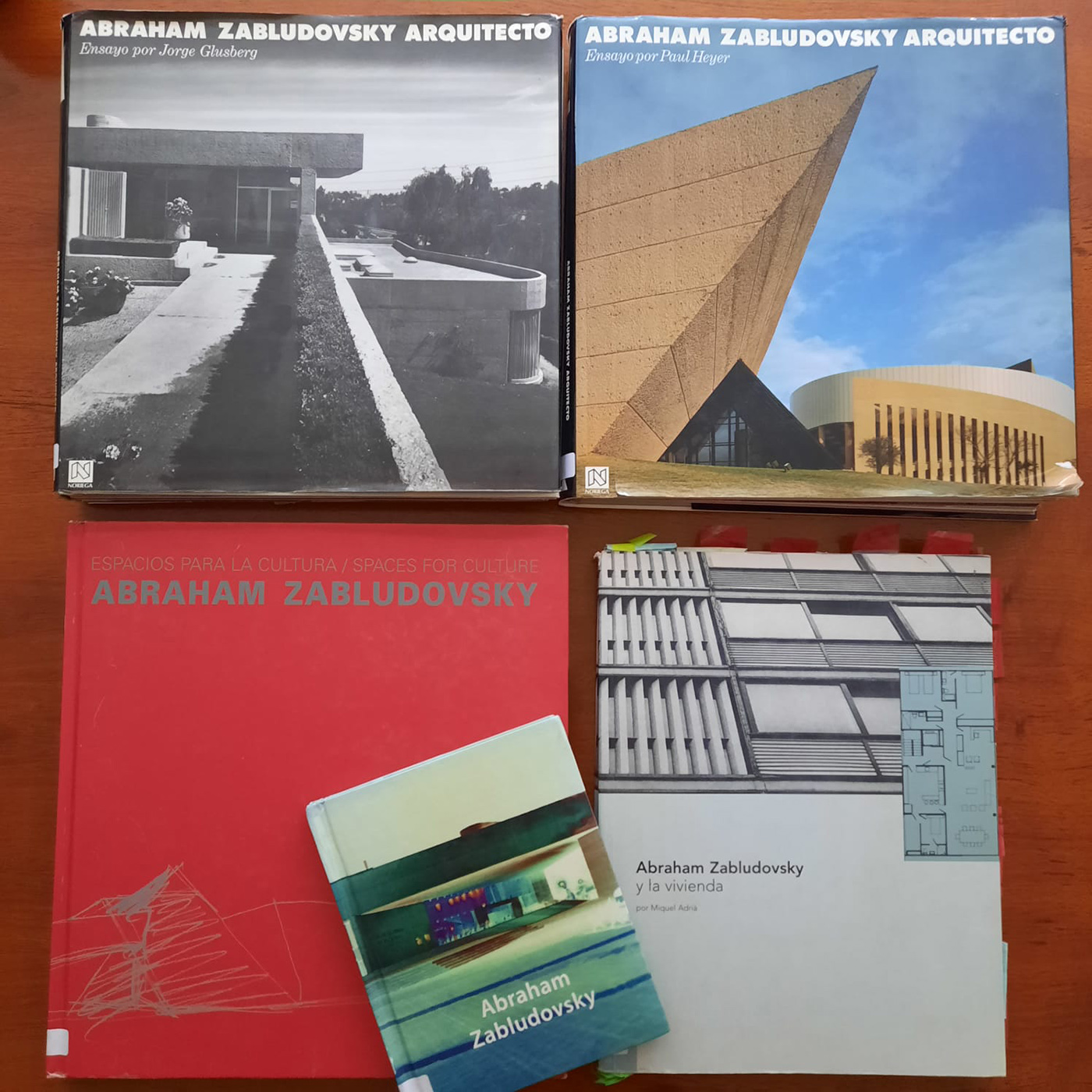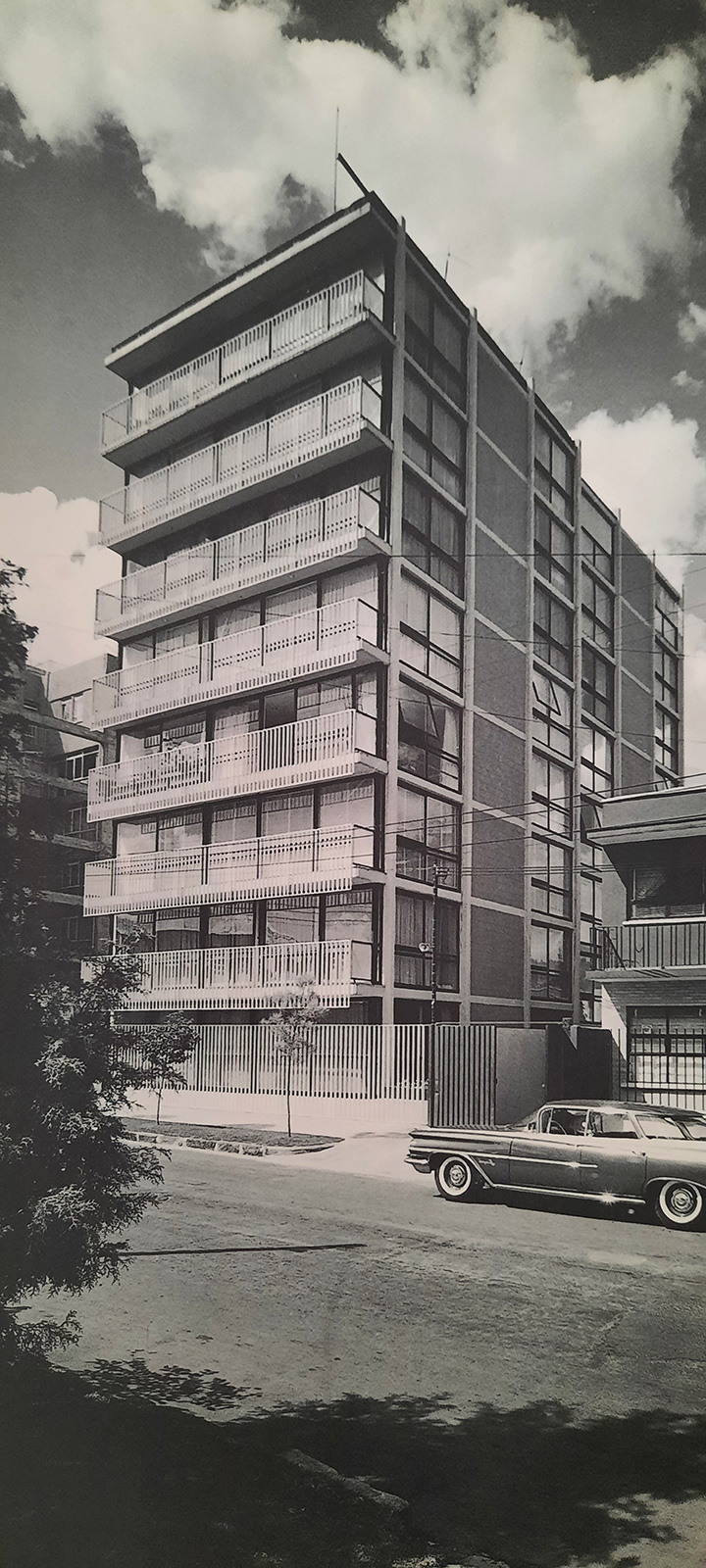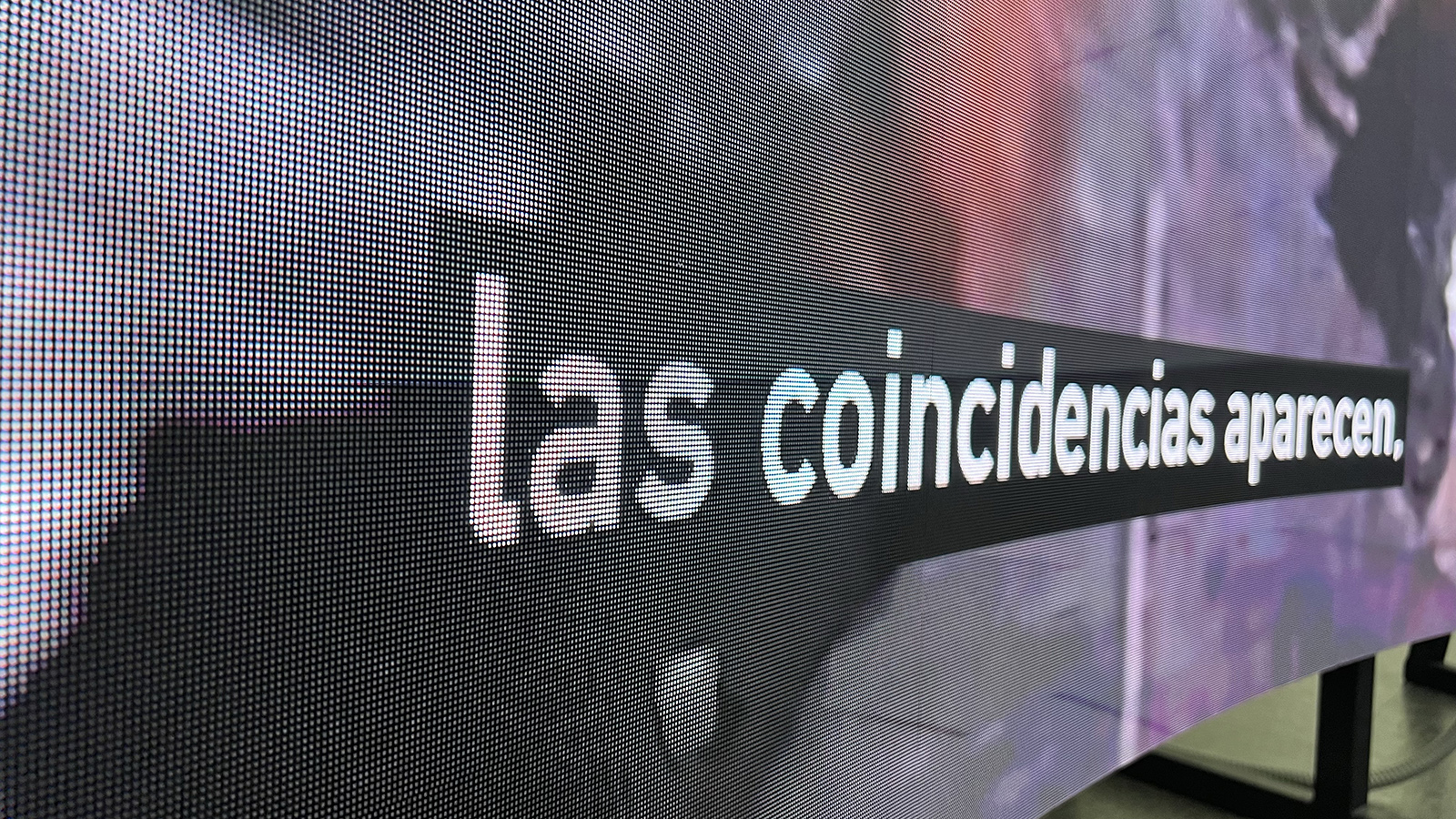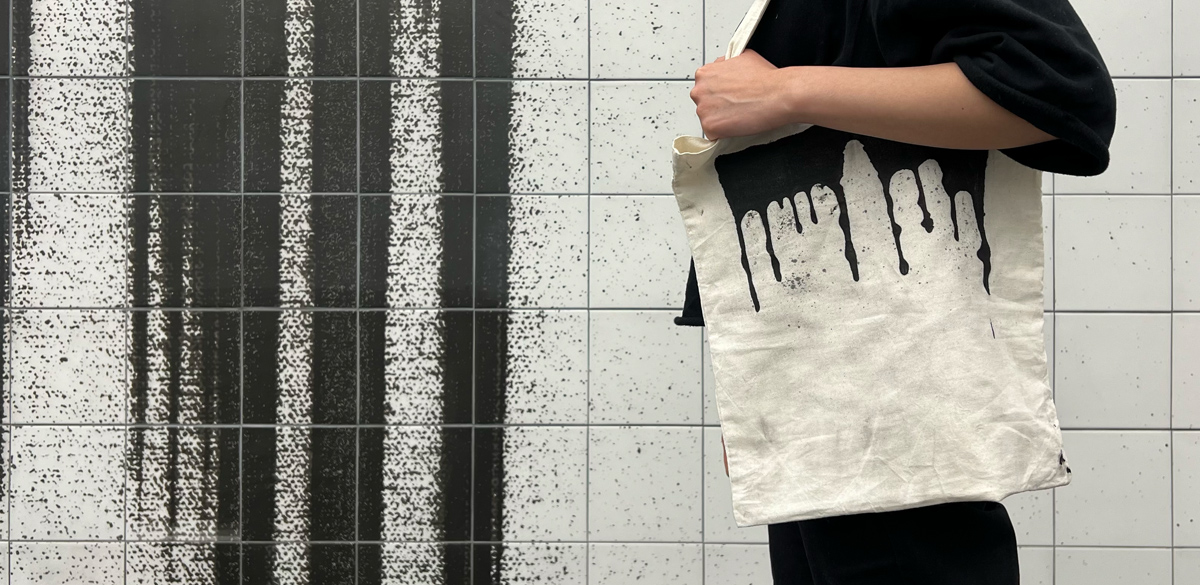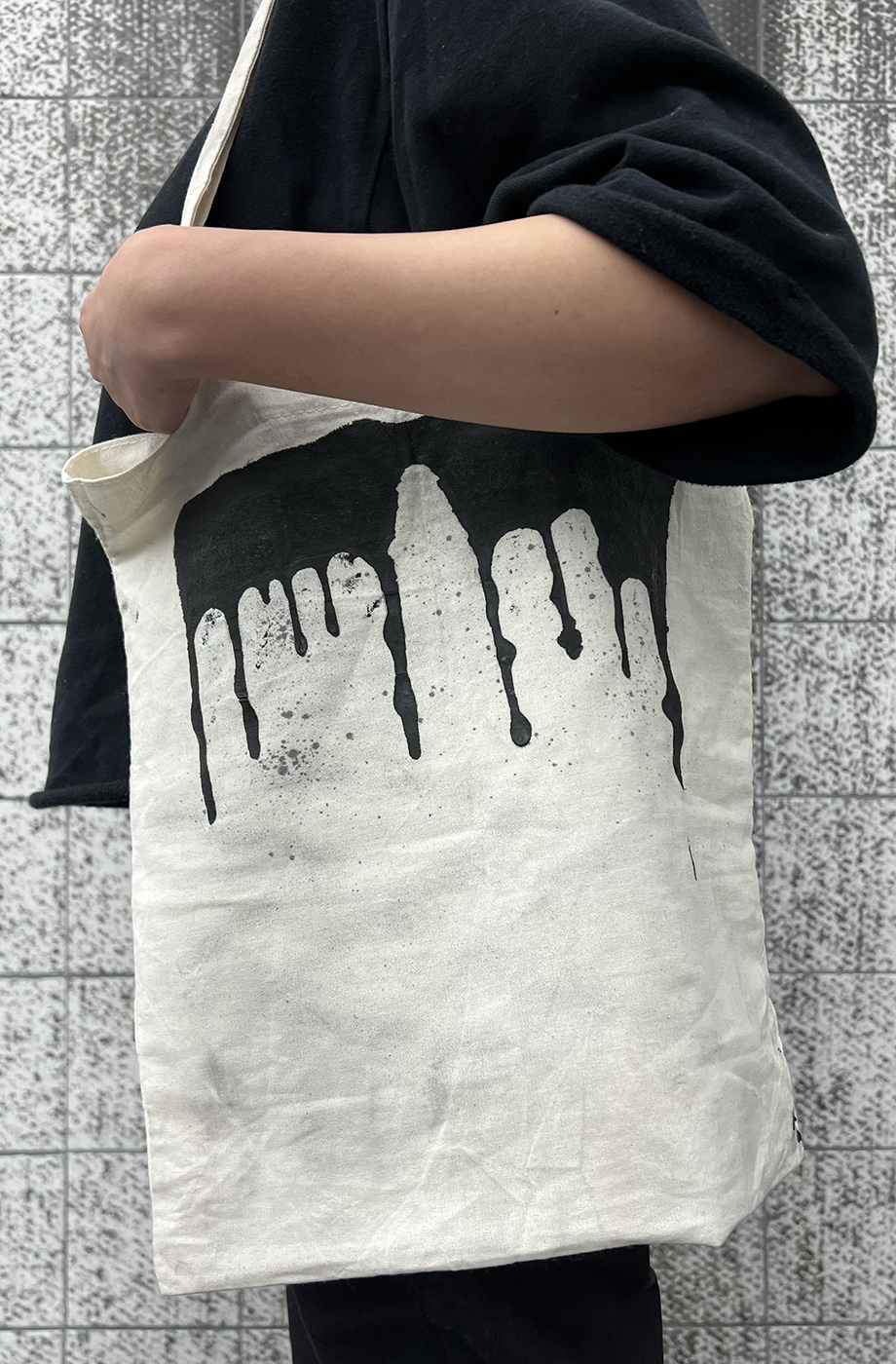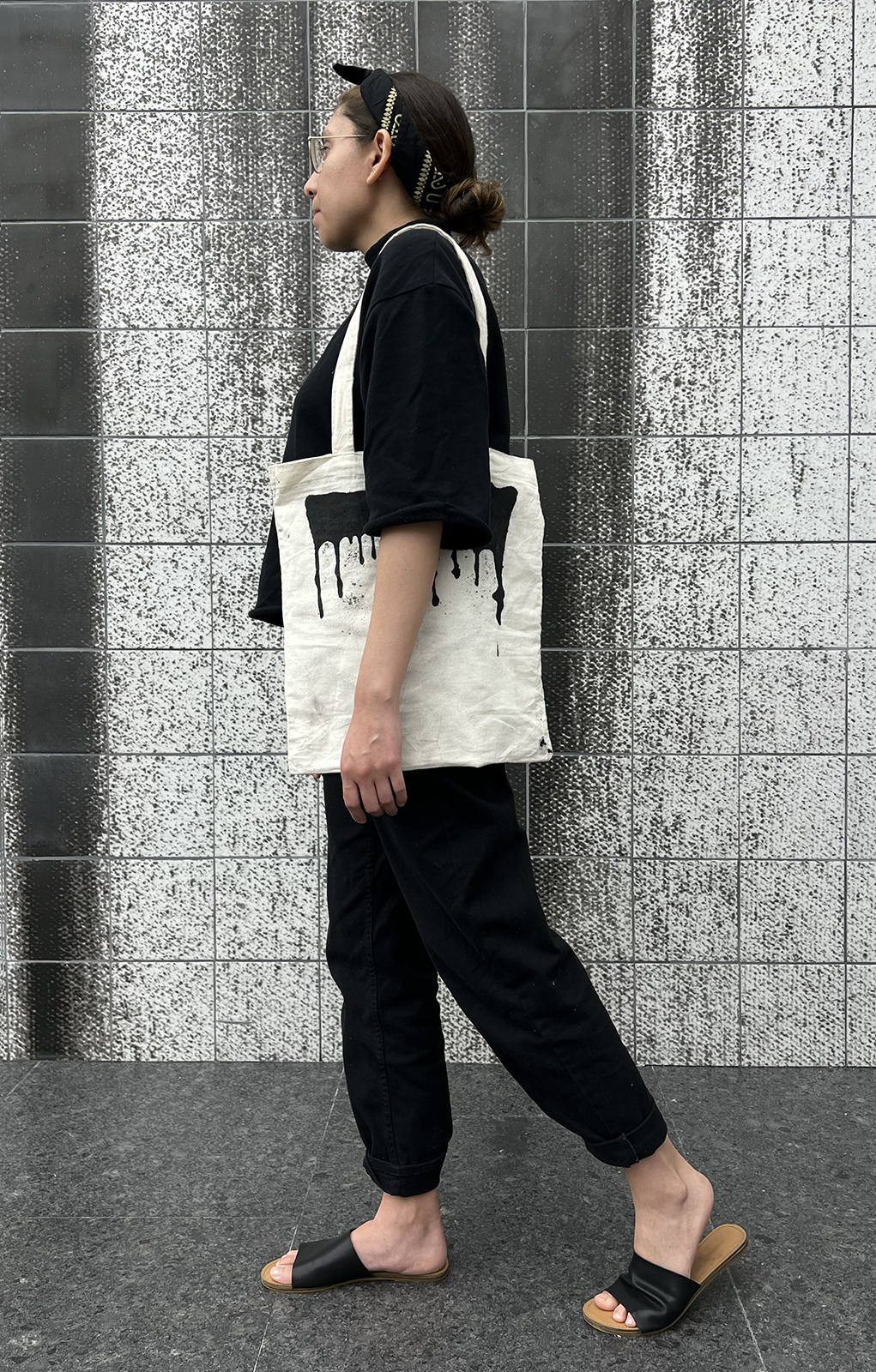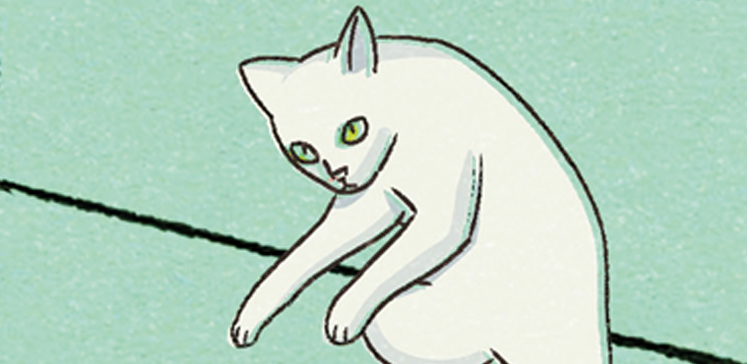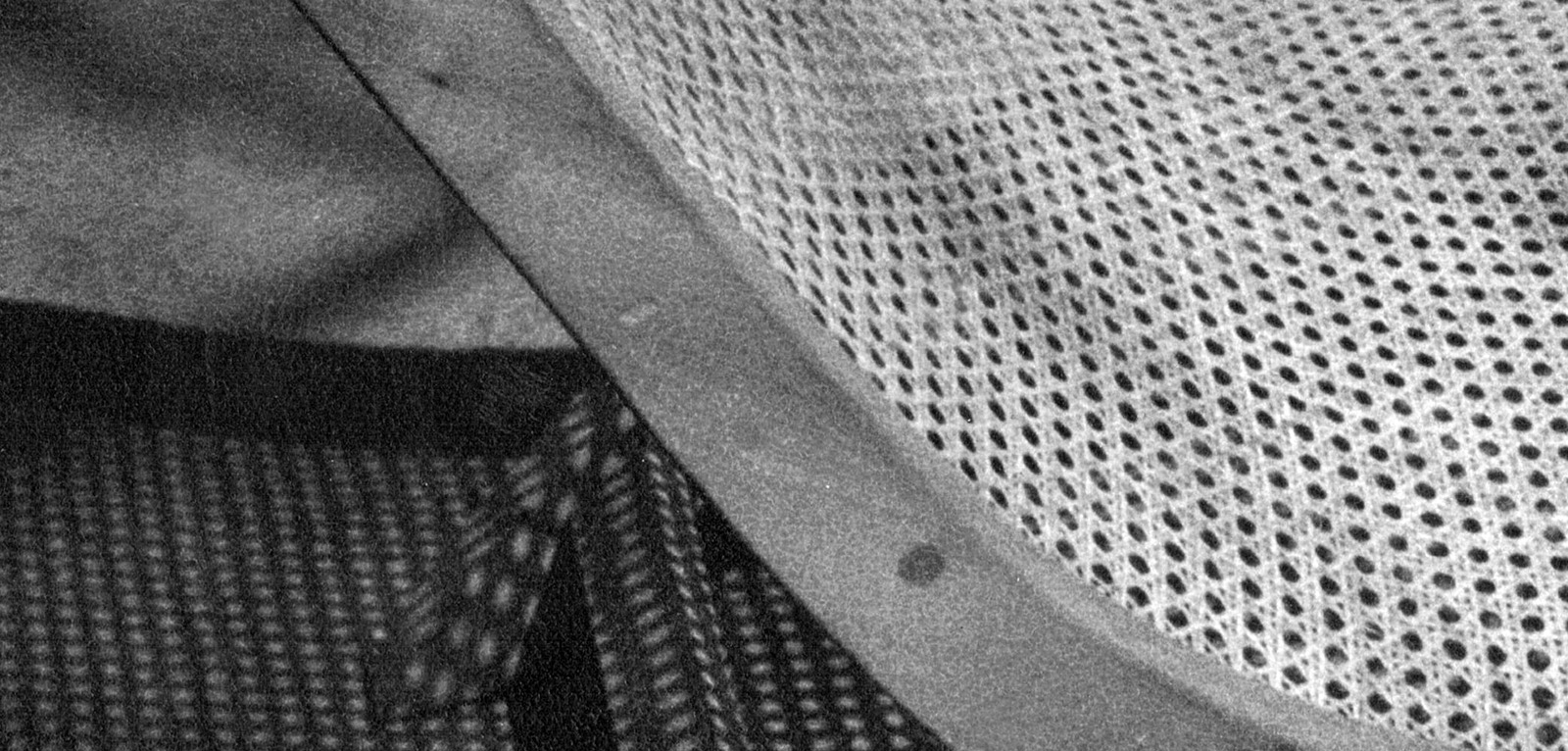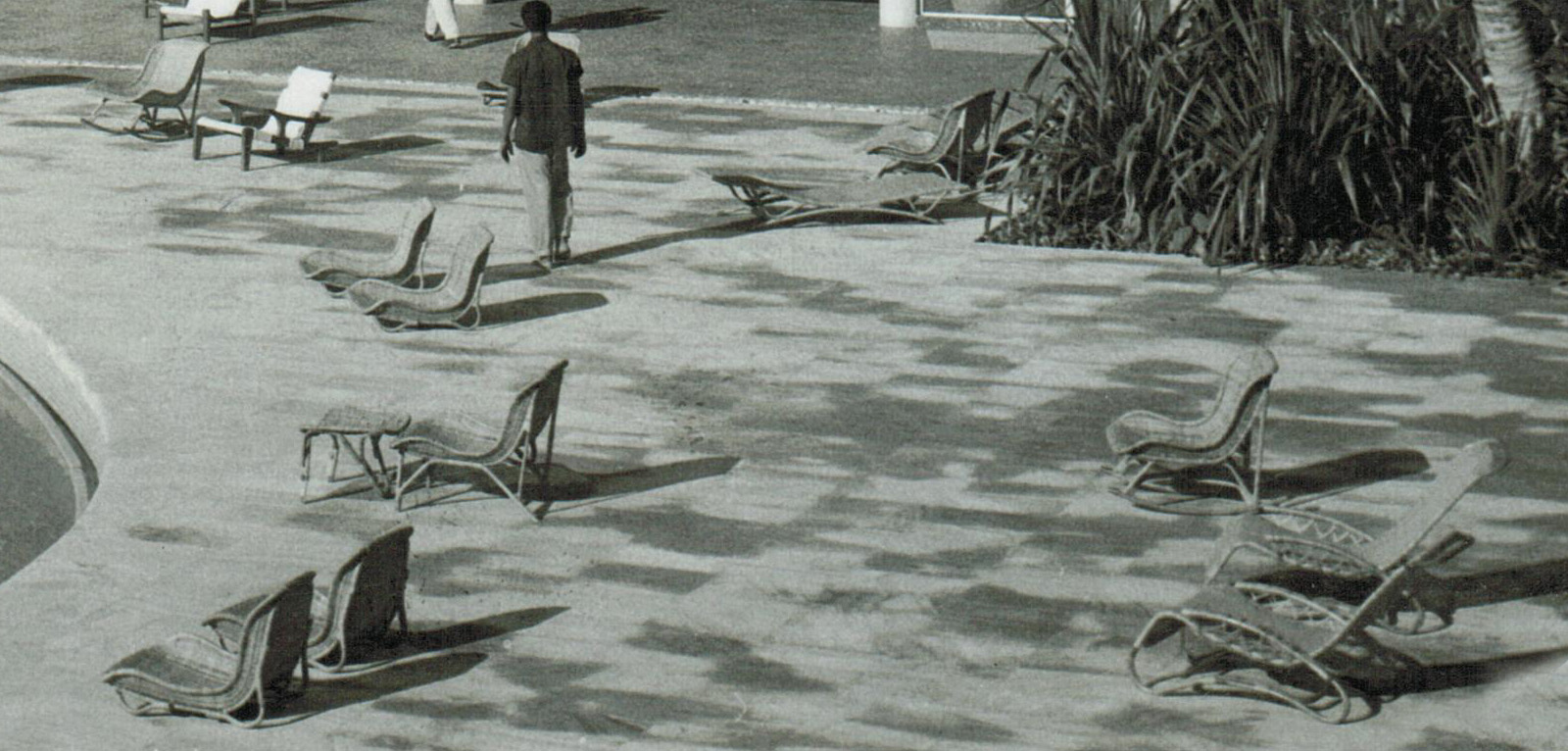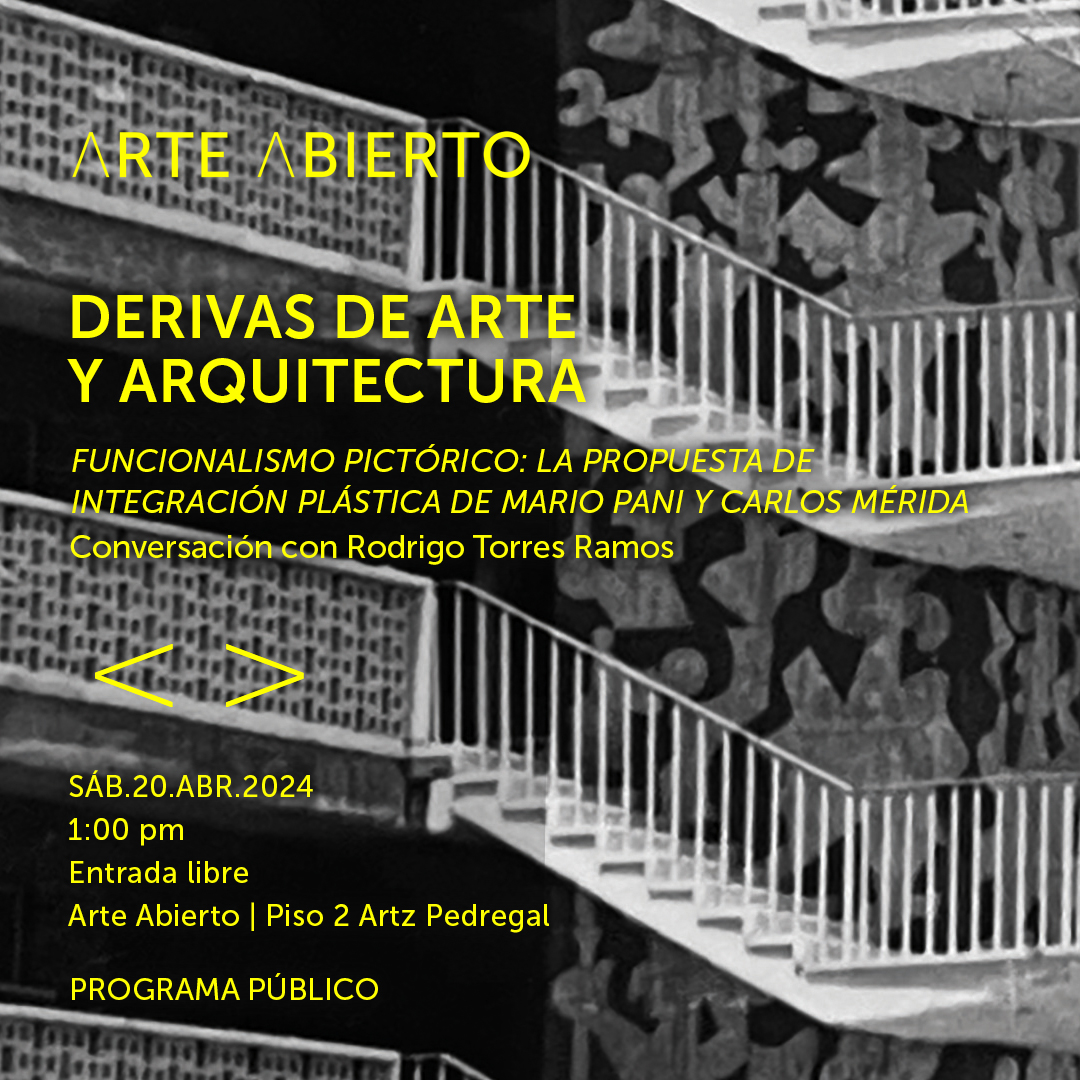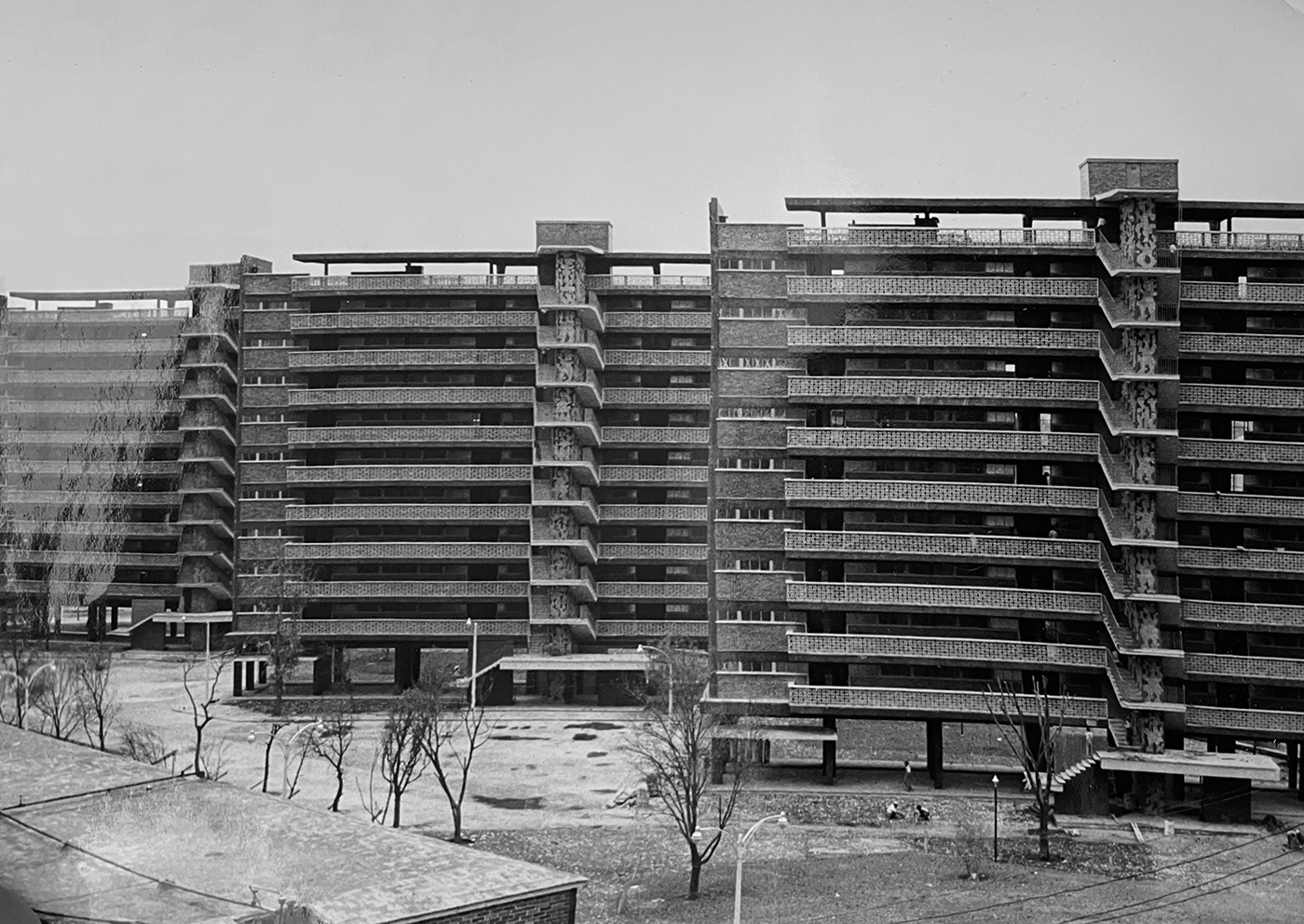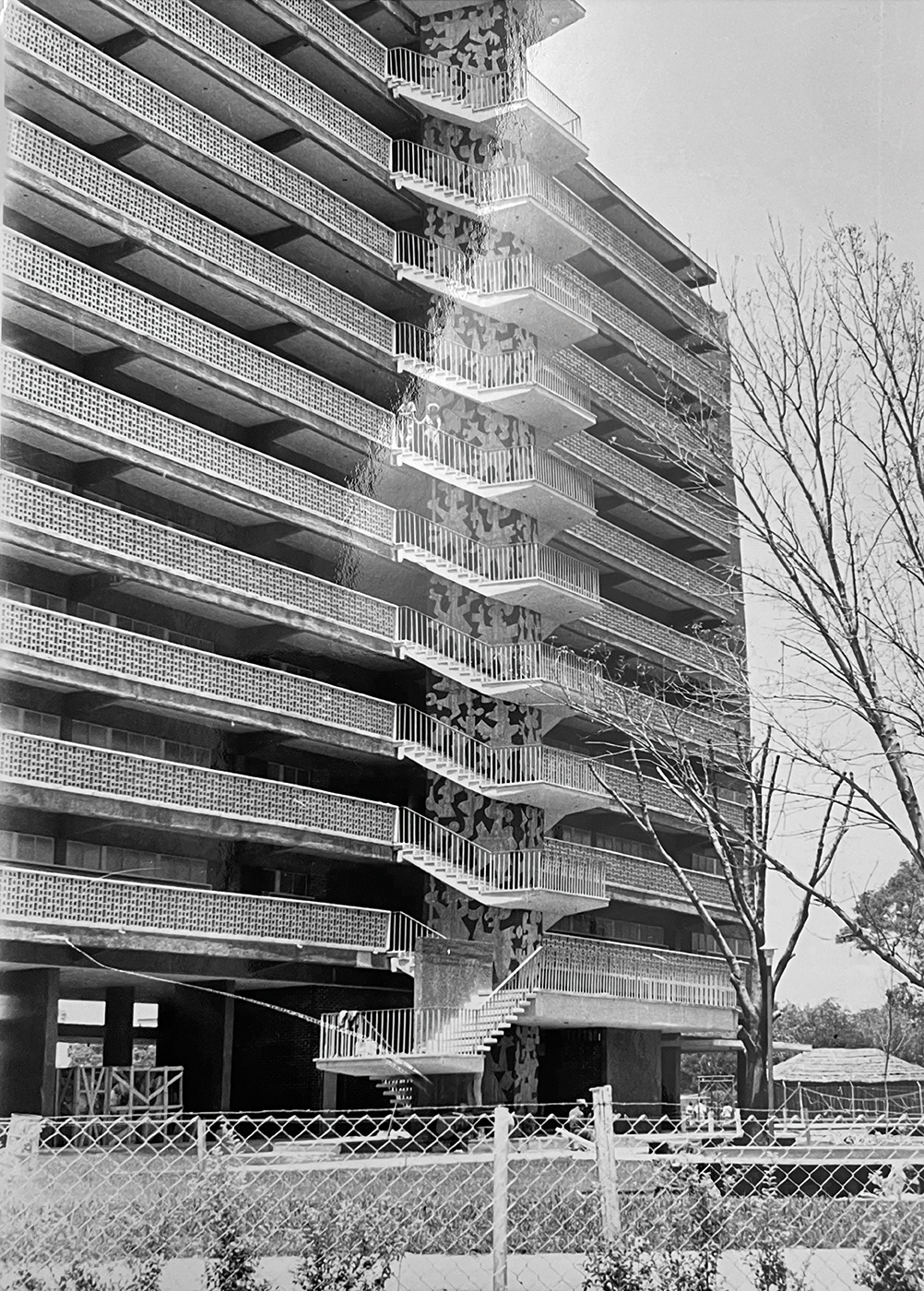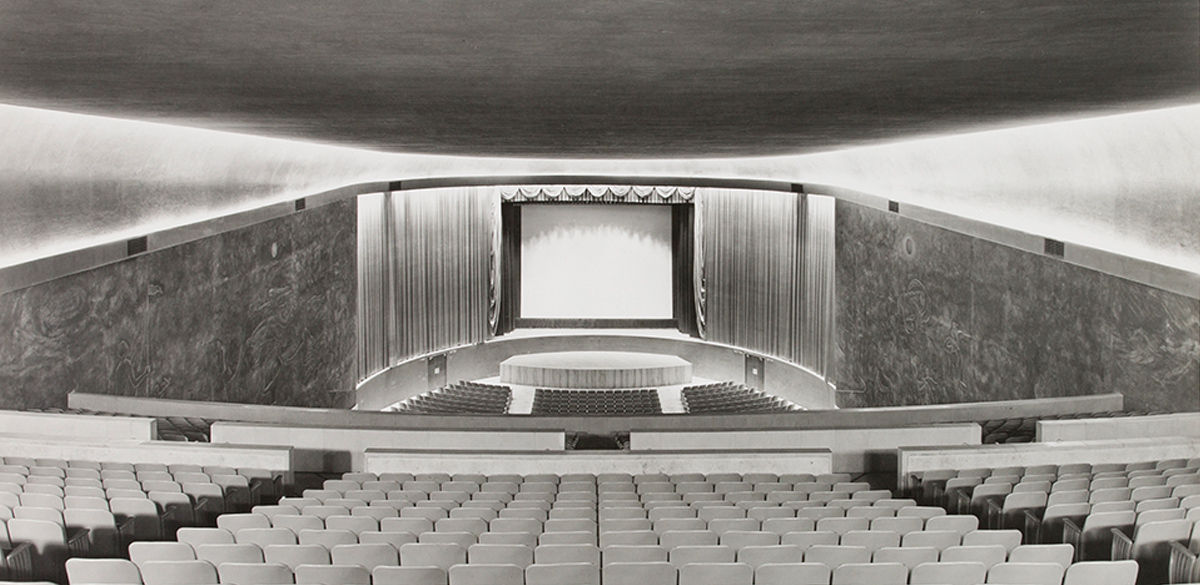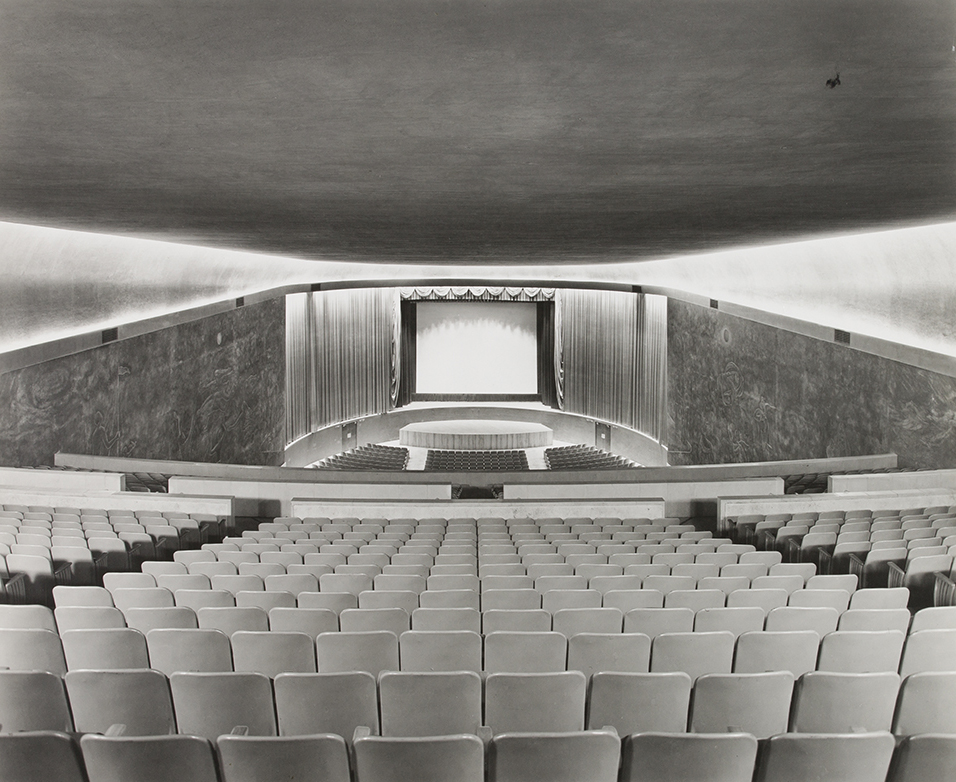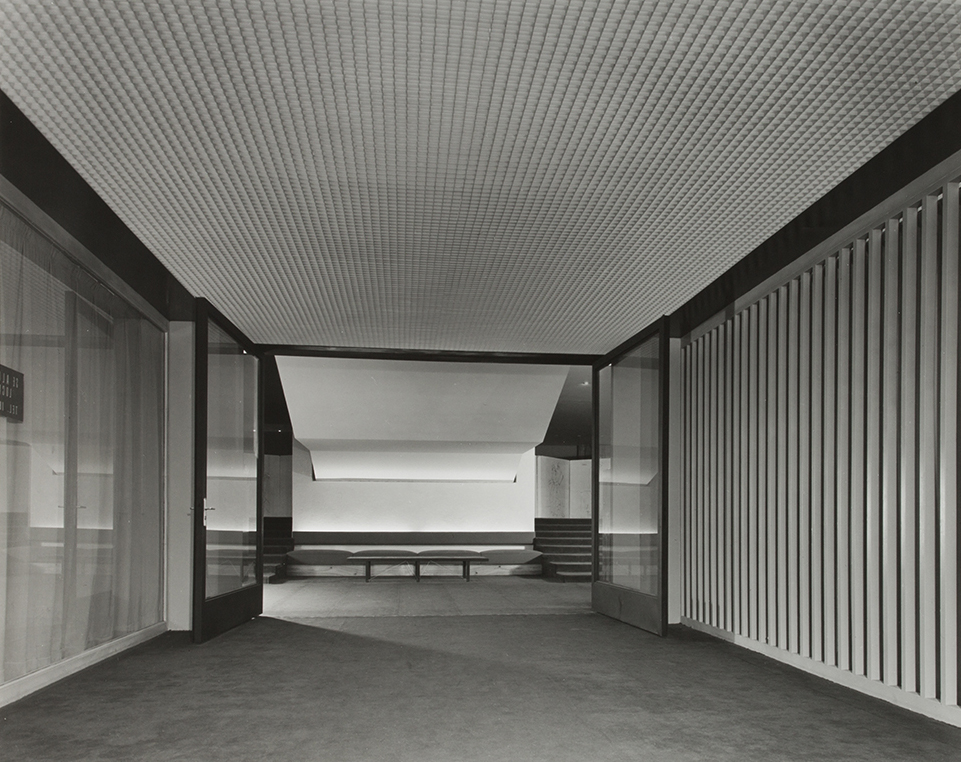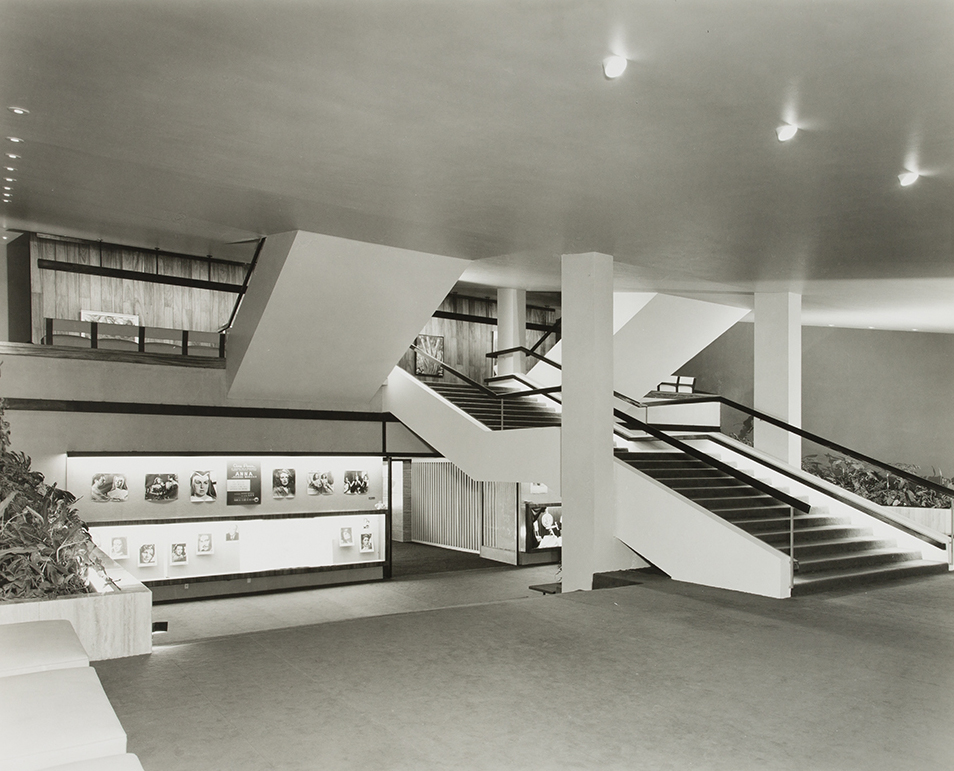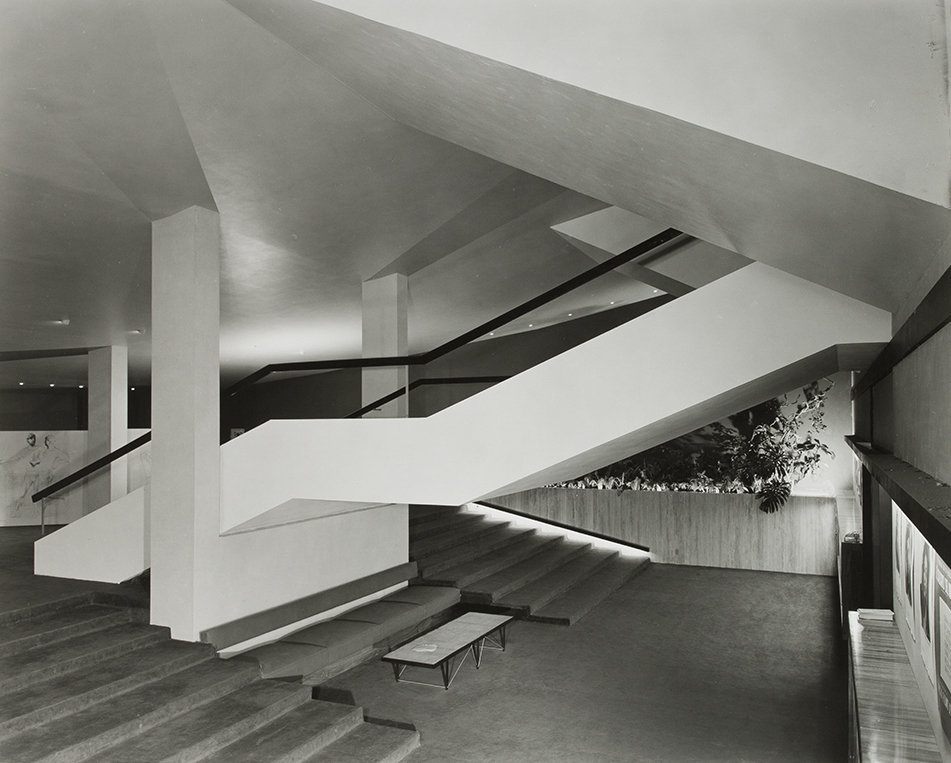15 Jul SOUNDS TO SYNCHRONICITY – SITES 🗓 🗺
Audio Performance
SITES
In Sounds to Synchronicity, SITES will create a special live sound atmosphere forCositas, based on sound data, musical references and electromagnetic waves that inhabit the exhibition halls. During this performance, the audio from the exhibition will remain silent while SITES tunes and remixes the different sound elements of the rooms, coming from different periods and contexts, allowing them to be contained together in a one-hour performance.
>>
Cositas by Mario García Torres is an exhibition that brings together different moments in history, as well as different images, characters, musical references and ways of perceiving and reading the signals of the world around us. In its rooms, the music that resonates throughout the facilities is key and travels throughout the space to crisscross between the hallways.
>>
SOUNDS TO SYNCHRONICITY
Audio performance
SITES
- AUG.SAT.3.2024
- 17:00 hrs.
- Free admission
- Arte Abierto | Piso 2
>>
SITES (Monterrey, 1994)
SITES seeks to generate ‘electroclimates’ through sound, installation, and performance. Immersed in technological spiritual syncretism, her projects operate as atmospheres inhabiting the hertzian space: an invisible and timeless architecture where electromagnetic waves, human experience, and auras coexist. Through her nomadic and animistic practice, she initiates temporary environments for contemplation. Sites has produced works across Monterrey, N.L., Mexico City, Chiapas, and Los Angeles over the past 10 years. She has showcased her work at venues such as Museo Anahuacalli, Kurimanzutto, Museo MARCO, Mercedes Benz Fashion Week, PEANA Project Room, Torre de los Vientos, Salón Acme No.11, and Museo de la Ciudad in Querétaro, entre otros. She has also participated in poetry readings in Mexico City and Los Angeles. Currently, she is working on two new releases that will be available on streaming platforms, alongside her existing catalog.
IG @sites____









